-
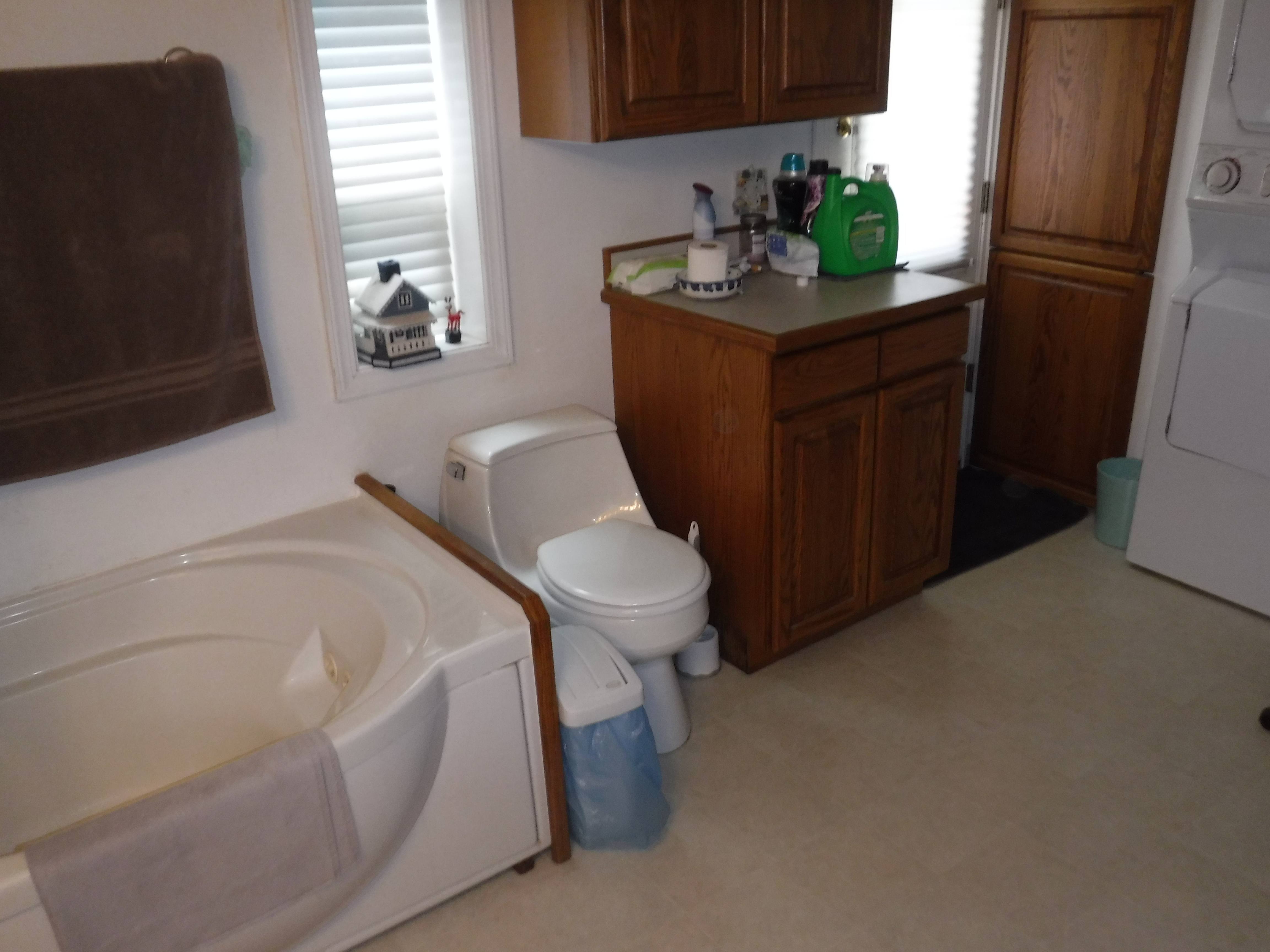
·
Thursdays Home Repairs Tips
Did you know that you can unclog a toilet with dish soap? Try this simple tip next time you have a clog! Do you have a squeaky floor under carpet? You can use a stud finder to locate the floor joist and just drive a trim screw in there. repeat as needed for a simple…
-
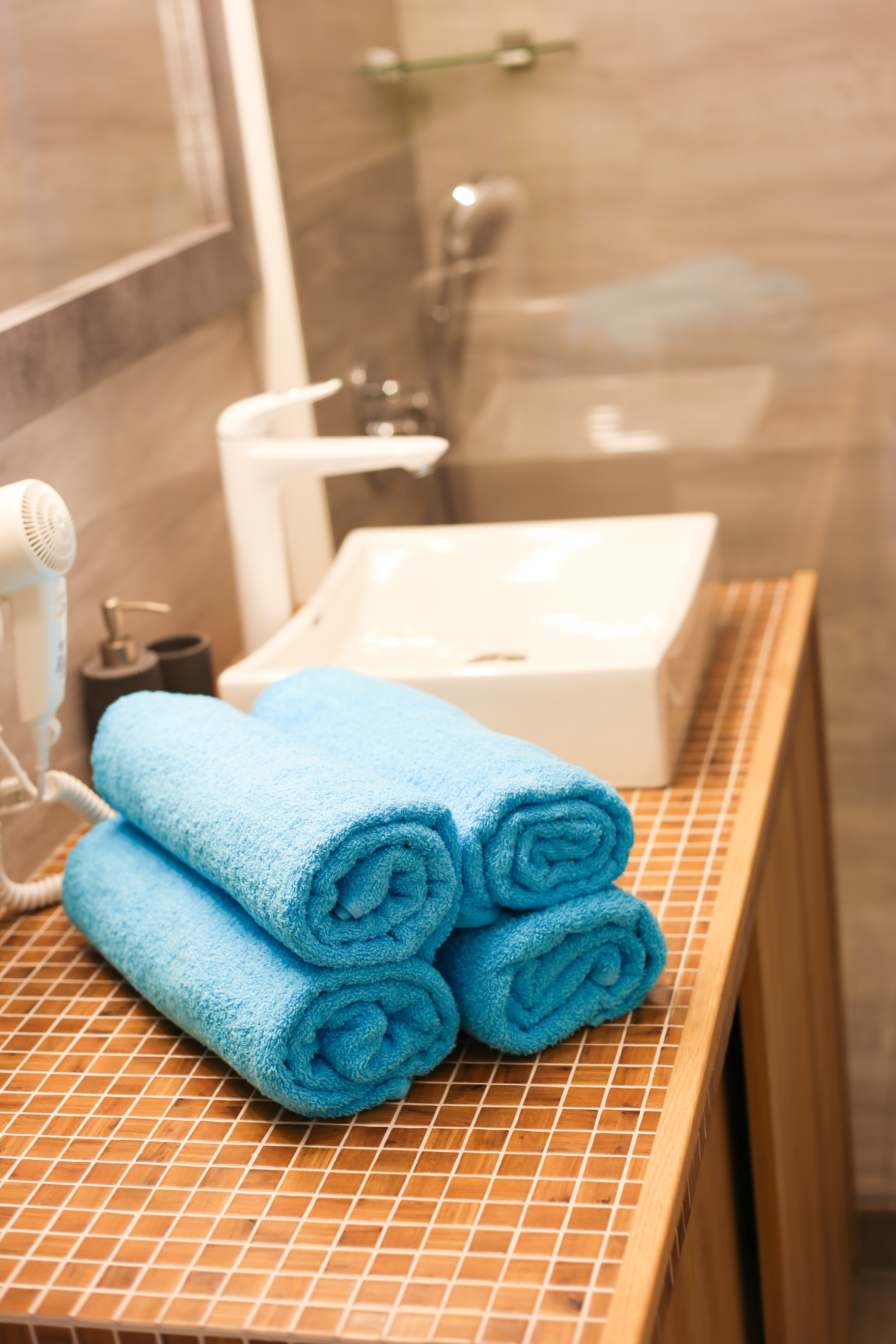
·
Bathroom Tip Wednesdays
Today we discuss great ways to do very simple updates to your bathroom on a budget. One way to make a very simple change to the bathroom is to upgrade your current tiles. If painting the tiles or grout repair does not work, you can replace tile in small sections. maybe around the sink or…
-
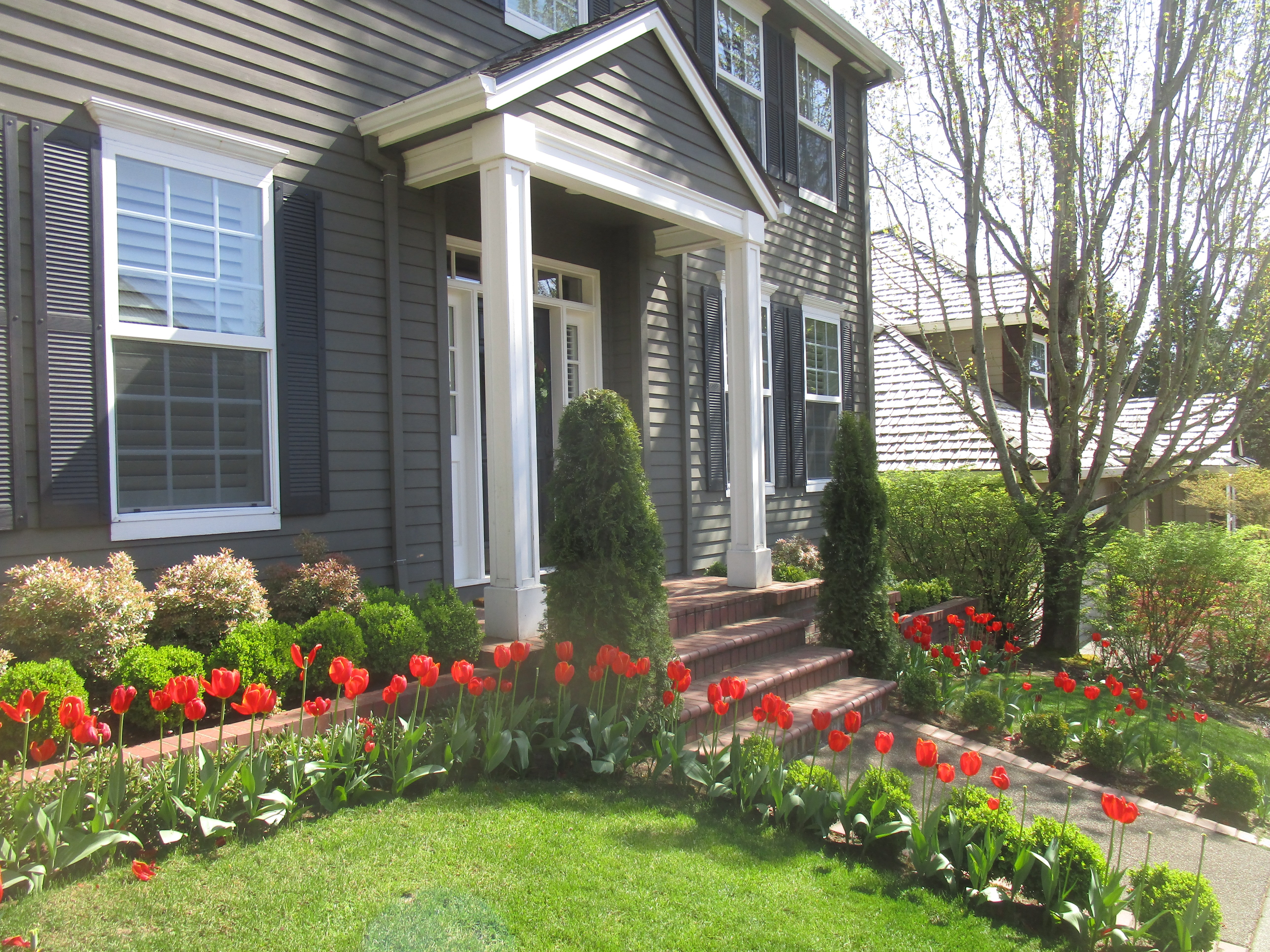
·
Windows Siding Tip Tuesdays
Today we are going to talk about the different types of Hardie siding. This is from the website, “Re-siding with fiber cement is a smart investment in your home. Even smarter: Choosing fiber cement siding and trim from the industry leader, James Hardie.” They really have a large selection of styles and colors and these…
-
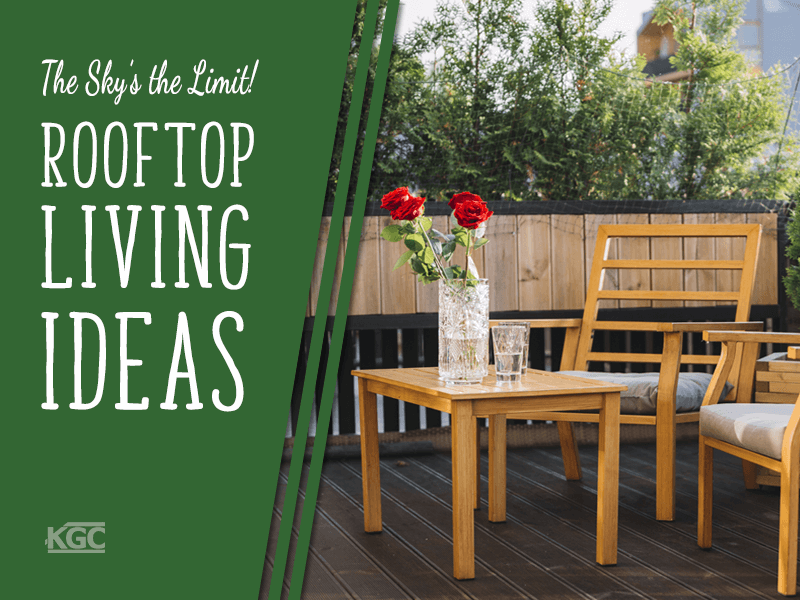
·
The Sky’s the Limit: Rooftop Living Ideas
Rooftop living ideas: get inspired with these ideas and build a rooftop deck for barbecues and evening get-togethers that will really stand out
-
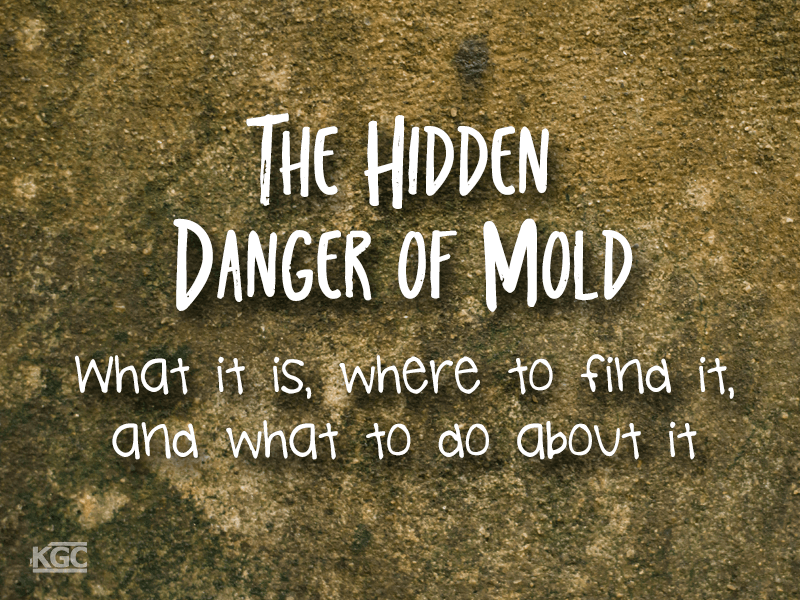
·
The hidden danger of mold: what it is, where to find it, and what to do about it
Mold in your home is unsightly and can cause health issues. Find out how to prevent mold infestation and keep your health and home strong and healthy.
-
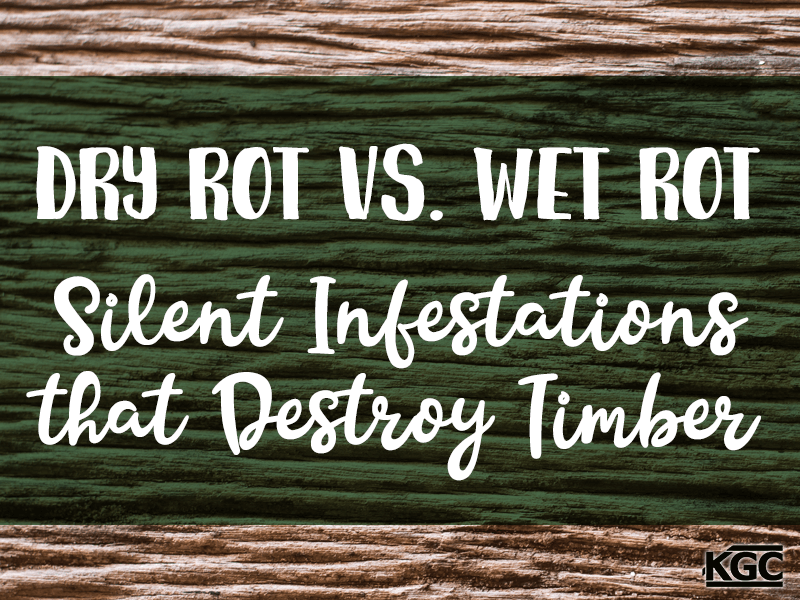
·
Dry Rot Versus Wet Rot: Silent Infestations that Destroy Timber
Discover how to treat dry rot and wet rot, two forms of fungal decay that attack wood, grow and spread, and require different treatments.
-
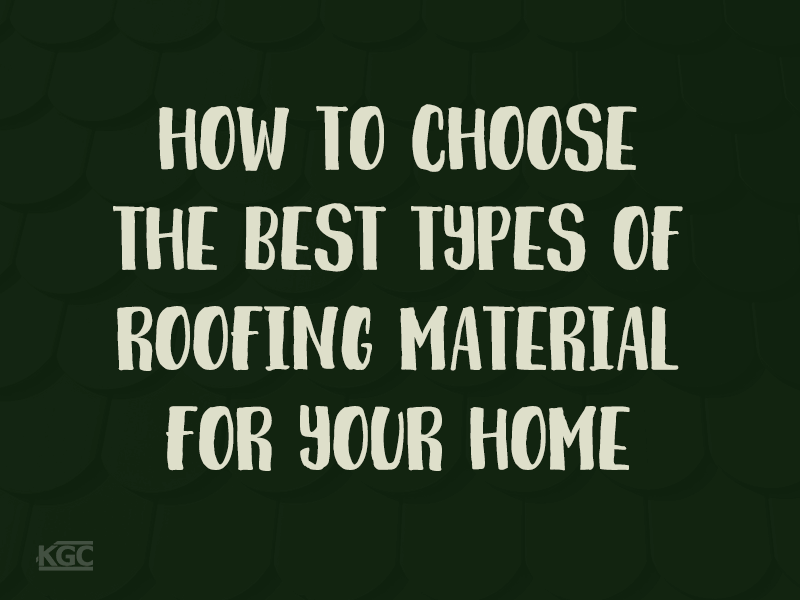
·
How to choose the best types of roofing material for your home
Discover your best options in roofing materials based on factors such as budget, longevity, strength, style and eco-friendliness.
-
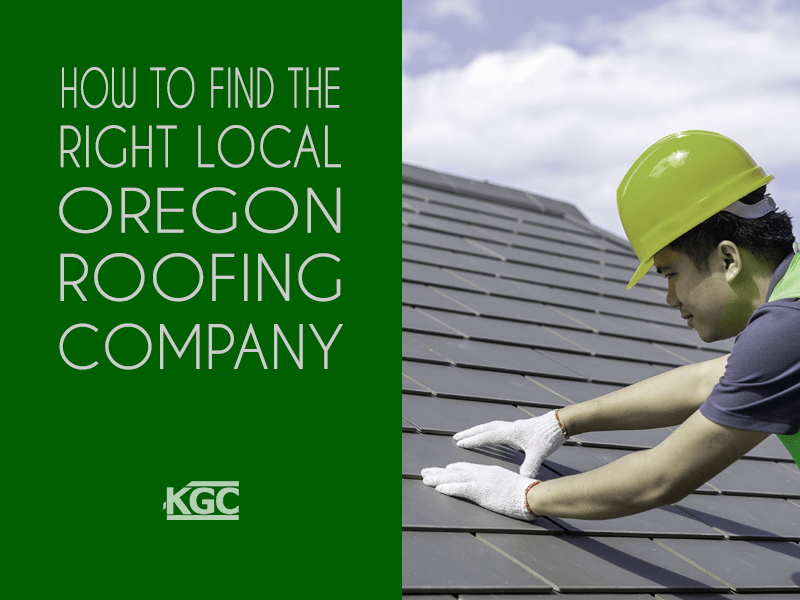
·
Find Your Local Oregon Roofing Company
Follow this handy checklist to find a roofing company you can trust and depend on to look after your roof’s construction or repairs.
-
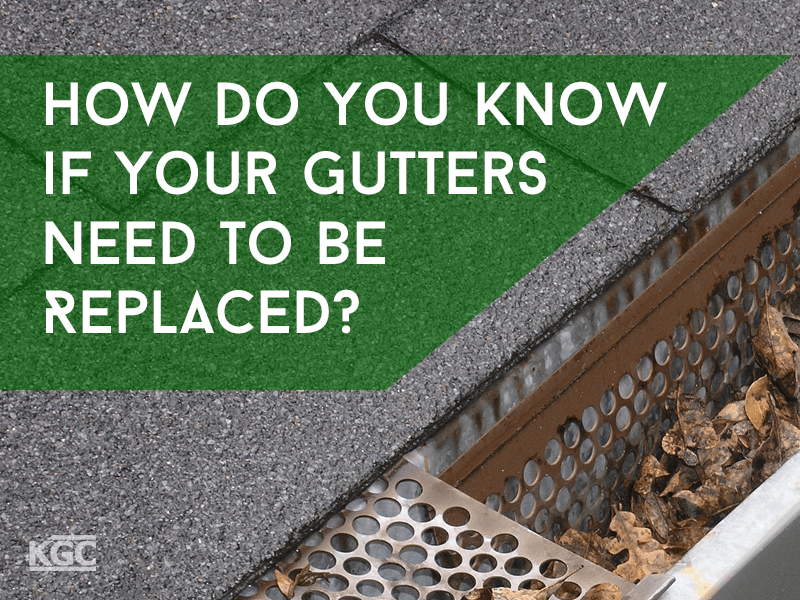
·
How Do You Know if Your Gutters Need to Be Replaced?
Find out if it’s time to replace your gutters in order to defend your home against the elements and prevent more costly damages.
